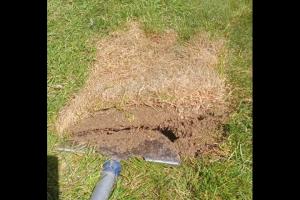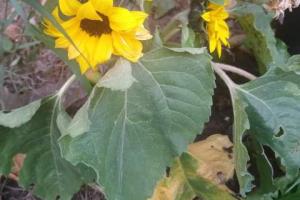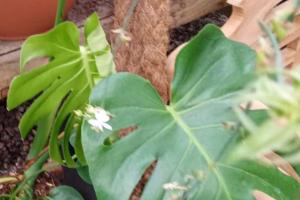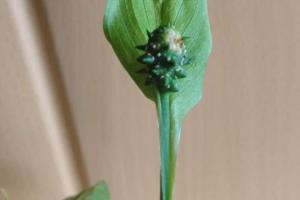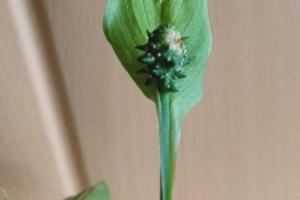What is a river mouth?
Published By:anonymous Posted On:27/09/2023
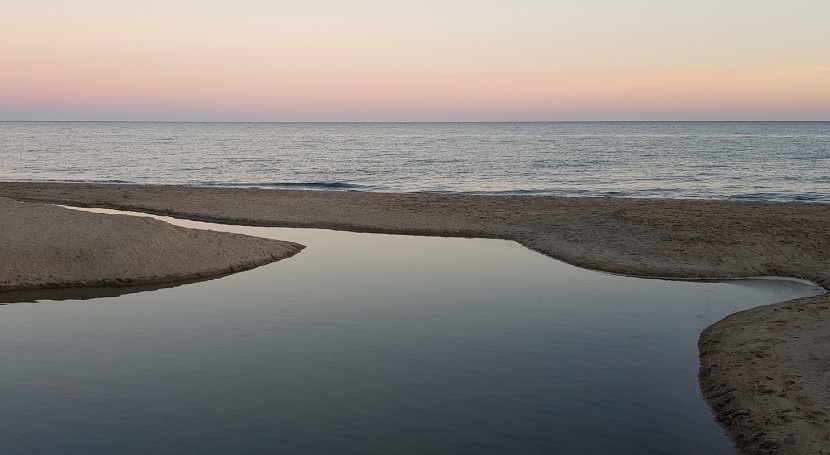
Coastal lowlands contain a huge diversity of landforms.
1 . Definition of a river mouth
The mouth of a river is where a river or any other surface water course flows into the sea, a lake or any other larger body of water. In these areas, the sediment carried by the river is deposited.
2 . Types of river mouths
Marine and fluvial processes determine four types of river mouths:
Mouth forming a delta: they are formed in coastal areas with micro tides and a certain slope gradient, where coarse sediments are the first to be deposited, while finer sediments travel further. Simple river mouth: these are common in the case of shorter water courses, which do not form deposits on the coastal area and do not branch out. Mouth forming an estuary: the water course widens as it reaches the coast. It happens when tidal influence is stronger than the influence of the river flow. Mouth forming a lagoon: they occur when the river reaches a coastal lowland and the river is drowned by a shallow sea, forming a lagoon. Sediments from the river deposit and rise to the water surface forming a shoal or sandbar. A shoal or sandbar is a ridge that surrounds the lagoon and separate it from the sea. The lagoon can be connected to the sea, and tidal action be felt, or not.



